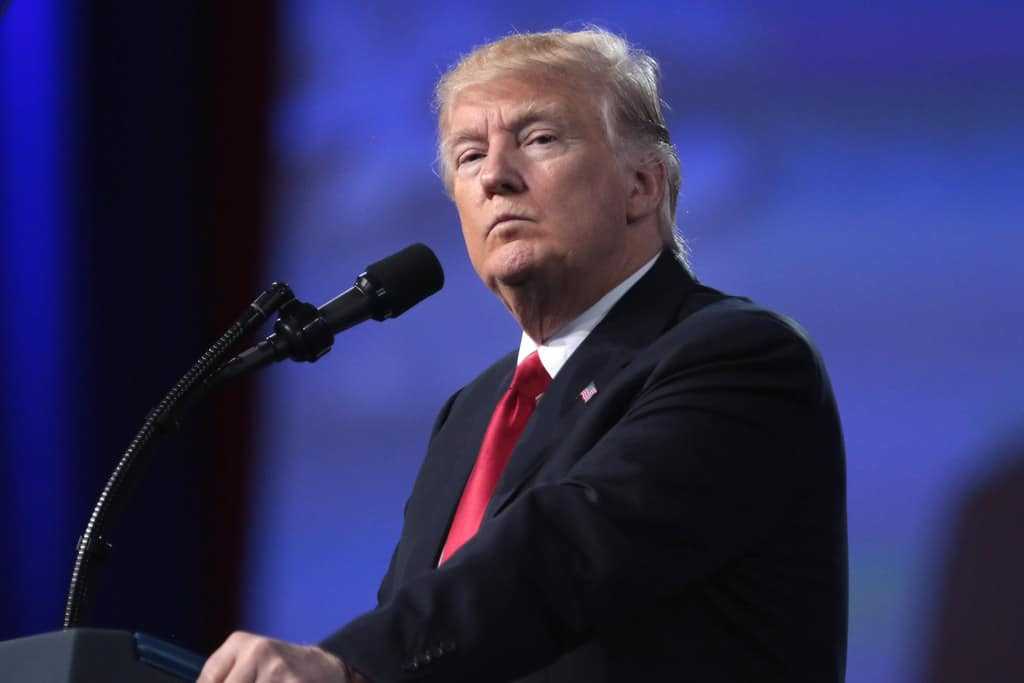Trump has an Iran plan and proved it with strike on Soleimani
President Trump ordered a drone strike to kill Iranian General Qassim Soleimani, who led the powerful Quds Force of the Islamic Revolutionary Guards Corps. Secretary of State Mike Pompeo told CNN that the reason for the strike was that Soleimani was “actively plotting in the region — big actions — that would have put dozens if not hundreds of American lives at risk.”
Former Obama State Department press spokeswoman Marie Harf claimed on Fox News last night that President Trump didn’t have a plan to deal with Iran and the only solution to the surge in tensions was for the U.S. to rejoin the flawed 2016 nuclear deal.
This irritated the host, Ed Henry, who pressed Harf about how rejoining this weak agreement could possibly reduce tensions and noted reports that Iran spent billions of dollars in sanctions relief supporting terrorism.
President Trump proved yesterday that he does have a plan to deal with Iran.
President Trump ordered a drone strike to kill Iranian General Qassim Soleimani, who led the powerful Quds Force of the Islamic Revolutionary Guards Corps.
Secretary of State Mike Pompeo told CNN that the reason for the strike was that Soleimani was “actively plotting in the region — big actions — that would have put dozens if not hundreds of American lives at risk.” Pompeo also said the attacks planned by Soleimani were imminent.
Given that Soleimani was killed in Iraq, one has to assume that some of these attacks would have been against the U.S. embassy in Baghdad.
The decision to kill Soleimani was not a hasty one by the president.
Iran has been engaged in increasingly belligerent actions against U.S. forces and U.S. allies over the last year, including shooting down a U.S. drone, a September drone attack against Saudi oil facilities, and rocket attacks on U.S. forces in Iraq. The New Years’ Eve attack on the U.S. embassy in Baghdad by Iranian-backed Iraqi militias was the latest provocation. The State Department says Soleimani approved this attack.
Moreover, Soleimani headed Iran’s worldwide terrorist operations and was responsible for the deaths of over 600 U.S. troops in Iraq and thousands of Iraqis. He was the mastermind of several major terrorist operations, including a failed 2011 attempt to assassinate the Saudi ambassador to the United States in Washington, D.C.
President Trump’s Maximum Pressure strategy replaced the deeply flawed nuclear deal. This policy has succeeded in denying Iran access to military technology and has starved the Iranian regime of funds which led to protests against it in Iran. U.S. sanctions also have prevented Tehran from funding its proxies in Lebanon, Syria, and Iraq which has fueled anti-Iran protests in these countries.
As part of the Maximum Pressure strategy, President Trump has expressed his willingness to open negotiations on a legitimate agreement with Iran that fully addresses the Iranian nuclear program and the range of other threats posed by Iran. If Tehran continues to refuse the president’s offer, he is content to continue Maximum Pressure.
The drone strike against Soleimani was consistent with President Trump’s Maximum Pressure strategy. The president never ruled out the use of force in response to Iranian provocations, but also made clear that he did not want to get the United States into another war and would not use military force without a strong justification.
Marie Harf and other Trump critics will now argue that that Iran’s recent belligerent actions are President Trump’s fault for withdrawing from the nuclear deal and that Iran will retaliate for the death of Soleimani. But the truth is that Iran’s belligerent behavior never ended after the announcement of the nuclear deal in mid-2015 and actually worsened.
For example, Iran significantly increased its troop presence in Syria in October 2015. Iran’s 2016 military budget increased by 90% due to over $100 billion in JCPOA sanctions relief. Iranian support to terrorism also increased after the JCPOA, including a reported $70 million payment to the Palestinian terrorist group Islamic Jihad to conduct “jihad” against Israel.
We have seen in this situation the success of two of President Trump’s National Security policies: America First and Maximum Pressure. President Trump has re-established the United States as a strong and decisive nation on the world stage.
President Trump realizes that there are no easy solutions to problems like Iran. He’s not going to try a quick fix like another weak agreement with Tehran or order military strikes just so he can say he has done something in response to the Iranian threat. When the president uses military force, it will be carefully targeted to protect U.S. lives and interests.
The president is weakening Iran and its influence, defending U.S. interests, and keeping the U.S. out of unnecessary wars. That’s what you call a successful and responsible Iran policy.
- The Iran nuclear negotiations: Why the humpty dumpty JCPOA should not be renewed - December 7, 2021
- Time to end diplomacy with Iran and admit Trump was right - December 3, 2021
- The US should walk out of the Iran nuclear talks - November 30, 2021

